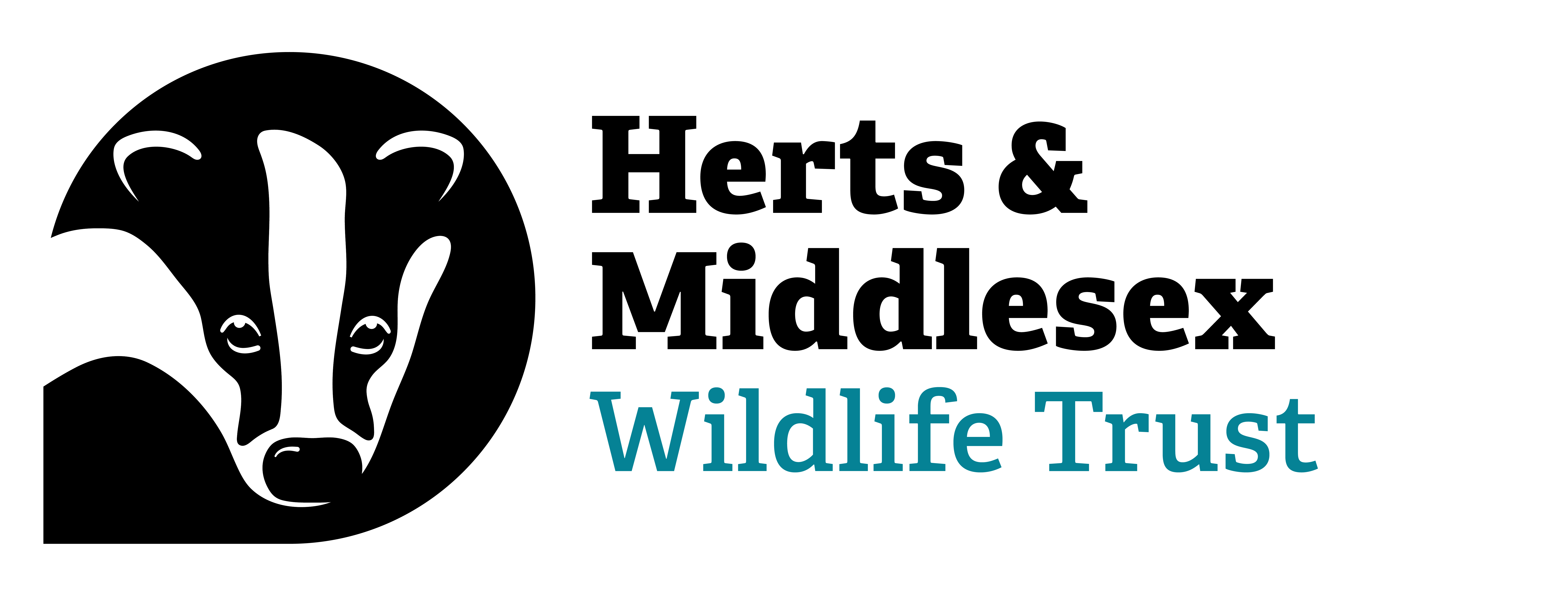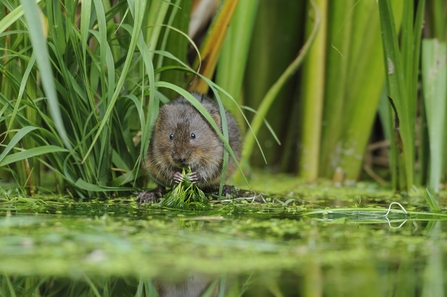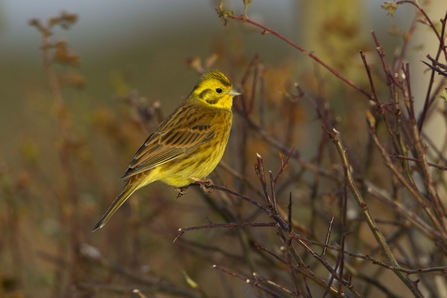The Local Nature Recovery Strategy (LNRS) for Hertfordshire sets out the prioritises to the mantra of “bigger, better, more joined up.” With the draft of the LNRS now available for public consultation, you have until 8 September to comment and influence the future for our local wildlife. Here, the Trust’s Director of Nature Recovery, Chloë Edwards shares how the LNRS was developed and the role the Trust has played in supporting this county-wide master plan.
Hertfordshire Nature Recovery Partnership formed in the autumn of 2023, as a new vehicle for driving forward the development of the Local Nature Recovery Strategy (LNRS) for the county. The inaugural meeting of the Partnership took place as the air was becoming crisper, leaves were beginning to fall, and darker evenings were approaching. A time of change. Even though our meeting was set against a backdrop of successive State of Nature reports reaffirming that nature is in freefall and despite all our past efforts, we continue to be known as one of the most nature-depleted countries in the world – it was difficult not to feel hopeful as we all came together as a force for good.



